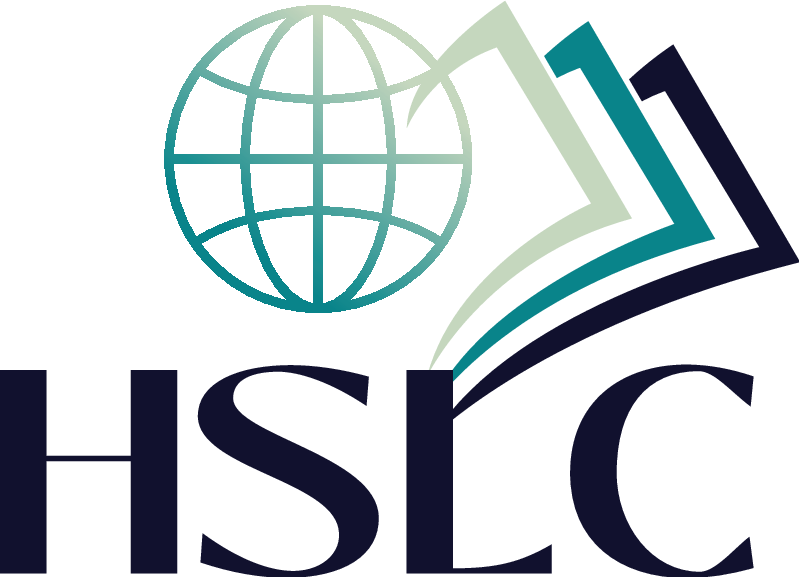With the arrival of the holiday shopping season, I’ve found myself looking at a lot of websites lately.
Like many people, I do most of my gift-buying online—and what I’ve noticed is that the retailers I’m most drawn to are the ones with the best websites: the ones that are easy to use, are eye-catching but not distracting, and where I can find what I need quickly with minimal clicking.
And this has led me to think about library websites.
As the Chat with a Librarian coordinator, I spend a lot of time looking through library sites trying to find answers for my virtual users’ questions. Sometimes I’m lucky and find the information right away. Other times…
This experience has led to a question – or rather, a series of questions – with some very important implications:
- How often do we consider our digital presence, particularly in relation to our websites?
- How often do we actually consider the information-seeking behaviors of our users when we’re designing and building our sites?
- How often do we visit and revisit our sites to make sure we’re presenting information in a way that is both logical and easy to find?
And it’s the last question that’s most vital.
Crafting a great website is hard work, and our users generally are an important consideration when we’re placing information. But information-seeking behaviors change, particularly as more and more of our users increasingly rely on virtual sources. A fantastic website built 3 years ago might not have the same effect today.
Our websites are our opportunity to say what we want about ourselves and visually project our mission and vision statements. We control the look and the content—and our virtual branches are perhaps the only place in the vast wilds of the internet where we have complete control of our digital image. When is the last time you took a fresh look at your site – not from your perspective, but from that of one of your users? Are you projecting the image you want to project?
Here at HSLC, we recently had the opportunity revisit our own website: HSLC.org.
We looked at all the information we had and how it was presented, and then approached the rebuild from the perspective of someone who’s never seen or used the site before.
The exercise was interesting to say the least – and we found a lot of information in places that weren’t logical, easy to find, or user-friendly. Reconfiguring those pathways took time, and we found a lot of information we just didn’t need any more. The result was a clean, fresh website that makes sense to our users – and the feedback we’ve heard so far has been great.
The idea of rebuilding your website can be daunting and this kind of user-experience approach can be time-consuming BUT you don’t have to do it all at once. Make a list of the questions your users actually ask you—whether in-person or by email—and then see how easy it is to find those answers on your site. If the pathway isn’t logical, takes more than 2-3 clicks to find, or just isn’t even there then that information is a prime candidate for an update.
Work one by one through those questions, that way you’ll be working in smaller, more manageable, chunks and won’t get as overwhelmed. Make the changes you think your users need – and then check with them to make sure you’ve got it right. After a while, you’ll start to see patterns and will be able to predict what other information on your site your users need but might have a hard time finding.
It’s not an easy process and does take time – but at the end of the day your users will thank you! And happy users—whether patrons, students, or community members—will be repeat users! What more can we ask for?
And when you start making changes, if you do feel overwhelmed know that you’re not alone. We’ve got your back! Just fill out our Consultation Request Form and we’ll see where we can help!


Ed Wolf, Virtual Reference and Information Specialist

